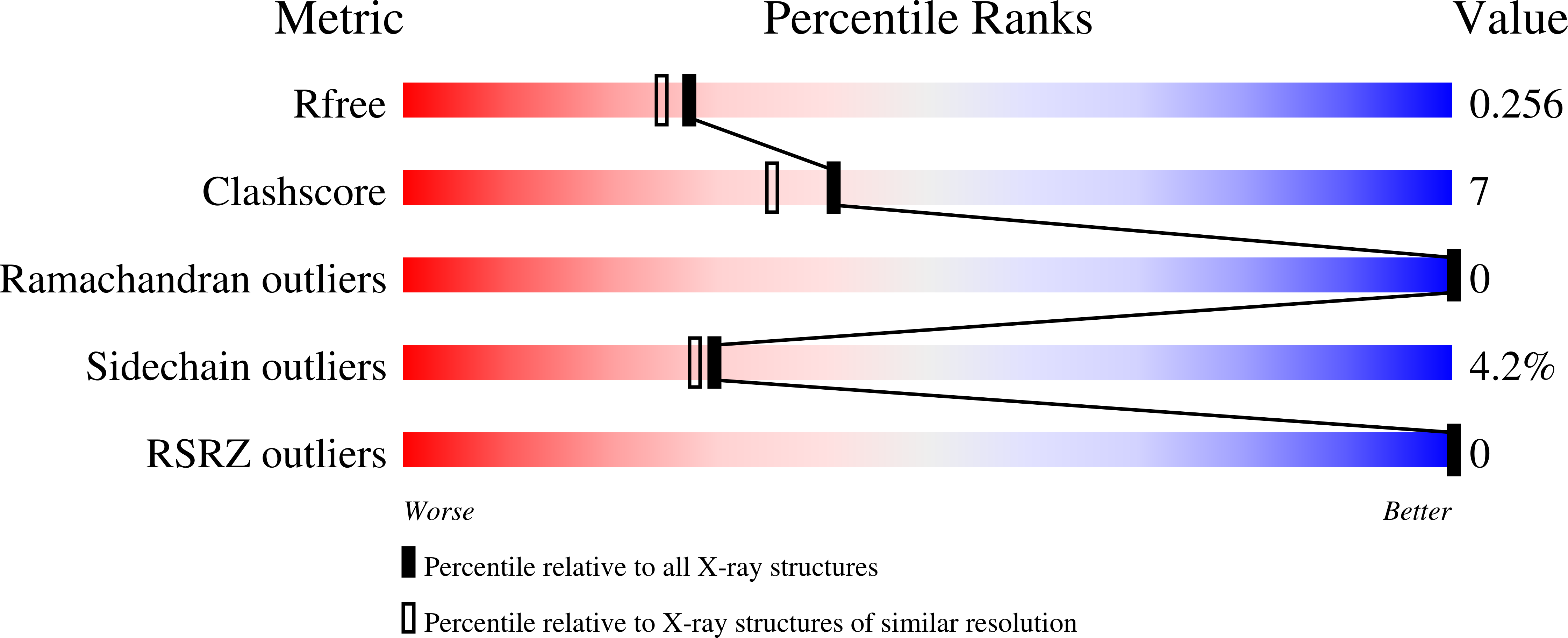
Deposition Date
2006-01-25
Release Date
2006-03-07
Last Version Date
2024-11-06
Entry Detail
PDB ID:
2FU2
Keywords:
Title:
Crystal structure of protein SPy2152 from Streptococcus pyogenes
Biological Source:
Source Organism:
Streptococcus pyogenes (Taxon ID: 1314)
Host Organism:
Method Details:
Experimental Method:
Resolution:
2.15 Å
R-Value Free:
0.25
R-Value Work:
0.15
R-Value Observed:
0.16
Space Group:
C 1 2 1


